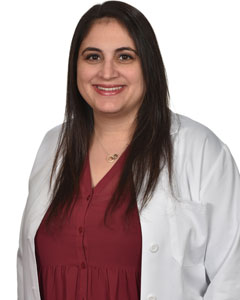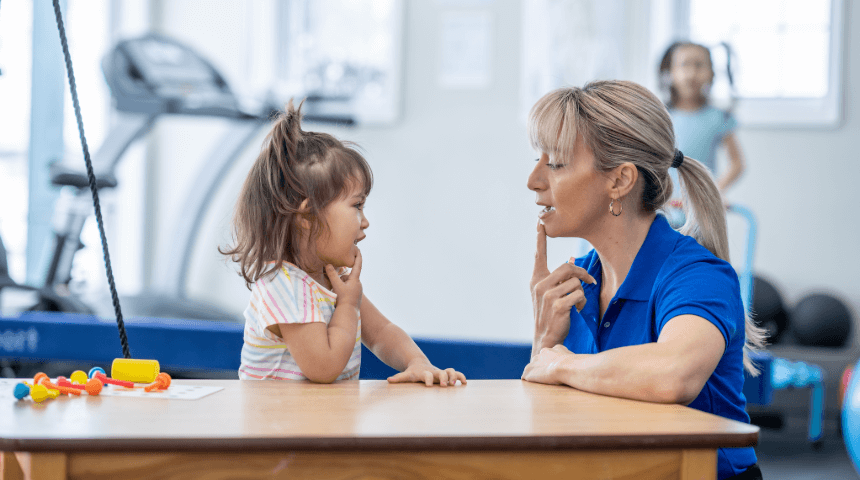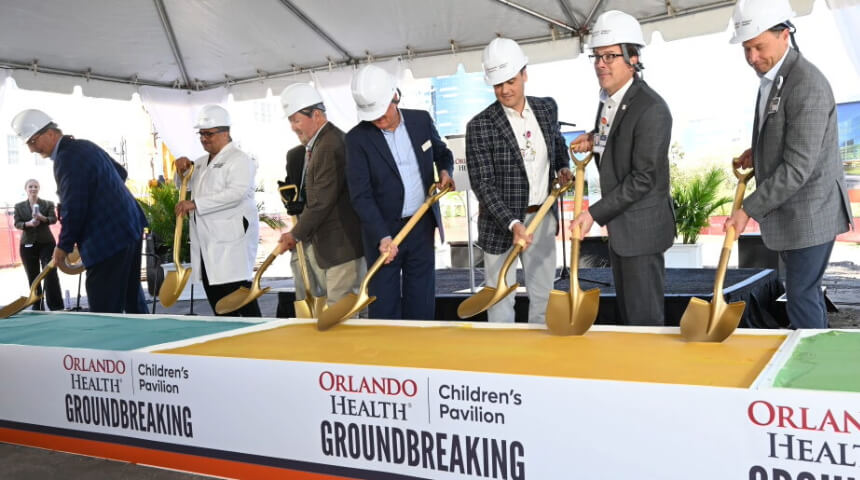When Your Child Hurts: What Is Amplified Musculoskeletal Pain Syndrome?
Before you chalk up your teen’s vague complaints of pain to an attempt to stay home from school, consider this: As many as 40 percent of children suffer from chronic pain and 7.5 percent have amplified musculoskeletal pain syndrome (AMPS). Cases of AMPS are on the rise, thanks to the pandemic that has left kids more depressed, isolated and sedentary.
What Is AMPS?
AMPS is characterized by chronic pain in the muscles, joints or other parts of the body that occurs without any underlying injury or inflammation. The pain can come and go or be constant, and it can affect the whole body or just one area.
The pain that children with AMPS experience is more intense than you would normally expect. That’s because your child has an abnormal response to pain that involves the nerves that control blood flow through blood vessels. When blood (and consequently oxygen) is restricted, it leads to an increase in waste products in muscles, such as lactic acid. This buildup causes more pain, and the secondary pain signals are sent through the nerves again, amplifying the pain on a continuous cycle.
Types of Amplified Pain
Amplified Musculoskeletal Pain Syndrome is an umbrella term for several different types of intense pain in children, including:
- Diffuse amplified pain (also called juvenile fibromyalgia).
- Intermittent amplified pain.
- Complex regional pain syndrome (CRPS) with autonomic changes. (CRPS most often is limited to an arm or leg.)
- Localized amplified pain without autonomic changes. (Autonomic changes are color and temperature changes in a child’s body, such as cold and blue skin or swelling and sweating.)
Causes of AMPS
The symptoms of AMPS can occur suddenly or take weeks to develop. We don’t fully understand yet what causes AMPS, but it usually starts in children after one or more of the following:
- Injury: Your child may have a specific injury, such as a broken bone, or have developed pain after surgery.
- Illness: Infections such as mononucleosis, gastroenteritis or influenza may be the initial cause of AMPS in your child. More commonly, AMPS occurs with inflammatory conditions such as arthritis, tendonitis, myositis or enthesitis.
- Psychological stress: This can come from many sources, including school and family changes. Children with AMPS tend to be mature, high-achieving perfectionists who want to please people.
Diagnosing AMPS
AMPS is most likely to affect females who are non-Hispanic and Caucasian, with the onset at age 14, according to a study in 2020.
Amplified pain is diagnosed by your child’s doctor listening carefully to your child’s health history, both physical and emotional, to rule out other conditions. This is vital because blood tests and diagnostic scans usually are normal. However, the pain is real.
Typically, children with AMPS have a constellation of symptoms for at least six months that include:
- Joint pain
- Muscle aches
- Abdominal pain
- Headaches or migraines
- Skin sensitivity
- Depression
- Anxiety
Many children who have AMPS also have hypermobility syndrome, which is very flexible joints that cause pain; or postural orthostatic tachycardia syndrome (POTS), which can cause a faster heartbeat and dizziness when you stand from lying down.
Treating AMPS
Diagnosing and treating AMPS is difficult. Rheumatologists often help AMPS patients because they are familiar with autoimmune and inflammatory diseases.
If your child has AMPS, the goal is to decrease pain by 80 percent and restore function to 80 percent. Your child’s doctor will do this with a combination of therapies:
- Aerobic exercise, including physical and occupational therapy
- Cognitive behavioral therapy
- Discontinuing medications, especially narcotics
- Desensitization activities
- Education
You can schedule these therapies separately for your child, or you can take your child to one of the few AMPS-specific intensive rehabilitation programs in the country. These programs can be difficult, and your child will have to push through the pain to be successful. However, research has shown they are very effective. After one month of treatment, 80 percent of children had no pain and full functionality. Another 15 percent were fully functional with mild or recurrent pain. Only 5 percent showed no improvement. Even more encouraging, five years after treatment, 90 percent of children were doing well.










